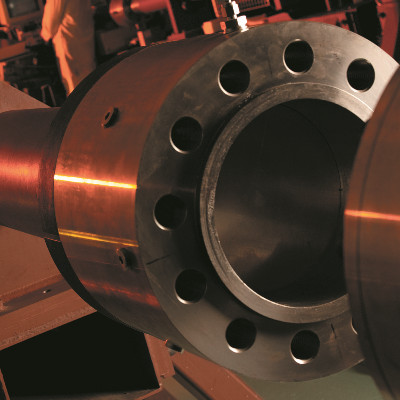Our research on the effects of washing protective clothing for soldiers has shown that continued laundering does not reduce its protective performance, and in some cases improves it.
Key Facts
- PhD research looked at how protective clothing may degrade with use as part of a research programme looking at protecting dismounted soldiers within the Defence, Science and Technology Laboratory (Dstl).
- The study looked at how protective systems, including the Tier 1 Pelvic Protection System or ‘blast pants’, issued to troops during the Afghan conflict would degrade with use.
- The study investigated the effect of wash temperature and the number of washes – representative of operational tour lengths for UK troops in Afghanistan – on the ability of the fabrics to stop shrapnel.
- Tests included looking at the effects of washing in a cement mixer after it emerged that some troops serving on forward operating bases in Afghanistan were laundering their clothes in this way.
Impact of our research
The output of the research has helped inform the selection of fabrics for use in fragment protective clothing, as well as the replacement policy for in-service items, and will now be used to inform the development of the next generation of fragment protective clothing for the Armed Forces.

MoD’s pelvic protection system
Crown Copyright 2010
Why the research was commissioned
The introduction of fragment protective fabrics into combat clothing meant that there was a need to understand the effect of laundering on the performance of these fabrics.
At the time, the development of the protective underwear was an Urgent Operational Requirement (UOR) and therefore it was not possible to do all of the testing that would normally be done during the procurement process.
Dstl started work to understand how robust these items would be to help improve them for the next generation.
Why Cranfield?
We are a world leader in the testing and evaluation of ballistic protection, a trusted and influential partner of the Ministry of Defence and a long-term strategic partner of Dstl.
Facilities used
The conditioning work was conducted within a laboratory specifically equipped with a washing machine, tumble dryer and cement mixer for the study, and ballistic testing was conducted in the indoor ballistic range at Cranfield’s secure Shrivenham site.

